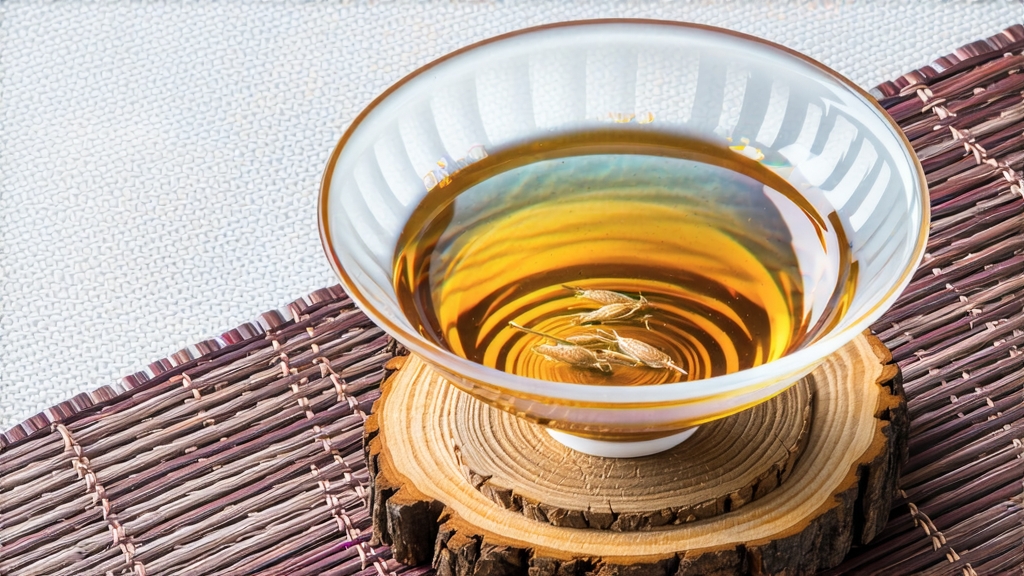
Among the six great families of Chinese tea, white tea is the least theatrical yet the most elusive; it is oxidised only by the patience of air and time. Within this quiet family, Bai Hao Yin Zhen—“Silver Needle”—reigns as the uncrowned king. Entirely hand-plucked as single buds, it is the first trembling gesture of spring in Fujian’s coastal mountains, and the last tea that many newcomers finally understand.
History whispers rather than shouts here. The earliest written record appears in the Song dynasty treatise “Da Guan Cha Lun” (1107 CE), where Emperor Huizong praises a “white tribute cake of jade-like down,” almost certainly an ancestor of today’s loose-needle style. Commercial production for long-distance trade, however, did not stabilise until the late Qing, when Fuding and Zhenghe counties perfected the art of sun-withering and exported the buds along the Min River to the treaty ports of Fuzhou and Xiamen. European merchants mistook the fuzzy buds for mould, then paid a premium once they tasted the liquor’s honeyed quietude. By 1891 Silver Needle was served at the Russian imperial court; by 1972 it accompanied Nixon on his ice-breaking visit to Beijing. Each epoch has used the tea as a diplomatic semaphore, yet its core message remains unchanged: restraint is the ultimate refinement.
Geography writes the first draft of flavour. Authentic Silver Needle is born inside a narrow 270-metre elevation belt where the Taimu mountain range exhales cool, mineral-rich air over yellow-granitic soils. The Dai Bai cultivar, a large-bud camellia sinensis var. sinensis unique to Fuding, accumulates more amino acids and less catechin bitterness than standard bush varieties. Spring dawns wrapped in mountain fog slow photosynthesis, thickening the down that will later glisten like hoarfrost. Picking begins when the air temperature hovers between 14 °C and 18 °C and the bud stands exactly 2.5–3 cm—long enough to contain three embryonic leaves yet short enough to snap cleanly. One kilogram of finished tea demands roughly thirty-eight thousand buds, all plucked before ten o’clock so that the dew does not ferment into grassy off-notes.
Craft follows nature without correcting it. The traditional four-step sequence—wither, cure, sort, bake—sounds simple only on paper. After picking, buds are spread on bamboo trays called shaiqing and left under a spring sun so gentle that tea masters speak of “sun bathing, not sun drying.” For three consecutive days the buds are turned every twenty minutes; their moisture drops from 75 % to 35 % while enzymatic oxidation hovers at 5–10 %, the narrow corridor that grants white tea both freshness and depth. If clouds arrive, trays are moved to a ventilated loft where charcoal embers give 28 °C convective heat—never above 32 °C lest the down scorch. Once the bud feels suede-dry on the outside yet retains a subtle elasticity within, it is rested for seven days so that residual moisture migrates outward. A final 45-minute bake at 40 °C fixes the aroma, but the tea is still considered “alive”; slow micro-oxidation will continue for years, muting vegetal notes in favour of marzipan and orchid.
Unlike green tea, Silver Needle is not prized for immediacy. Connoisseurs cellar it like white Burgundy, trusting that the bud’s intact enzyme system will weave new aromatic chains. A 2018 study at Fujian Agriculture University tracked thioesters and ionones increasing fivefold over five years, explaining the vintage tea’s signature scent of warm hay and custard apple. Storage rules are strict: an ambient 25 °C, relative humidity below 60 %, and absolutely no oxygen below 80 %—tea merchants use food-grade aluminium pouches flushed with nitrogen. When opened, a well-aged cake exhales the perfume of dried apricot and antique parchment.
Brewing Silver Needle is an exercise in listening rather than commanding. Begin with neutral water—TDS 30–80 ppm, pH 7—brought to 85 °C, a temperature low enough to keep trichomes intact yet high enough to awaken the bud’s essential oils. A 1:20 g/ml ratio (3 g in a 60 ml gaiwan) allows successive infusions to chart an aromatic arc. The first steep